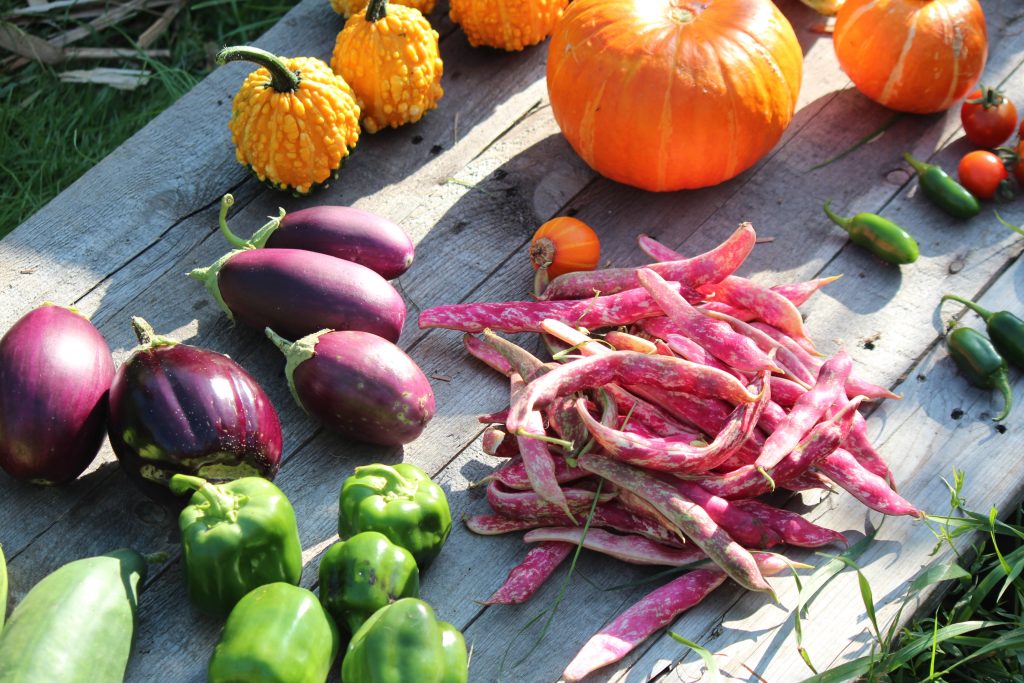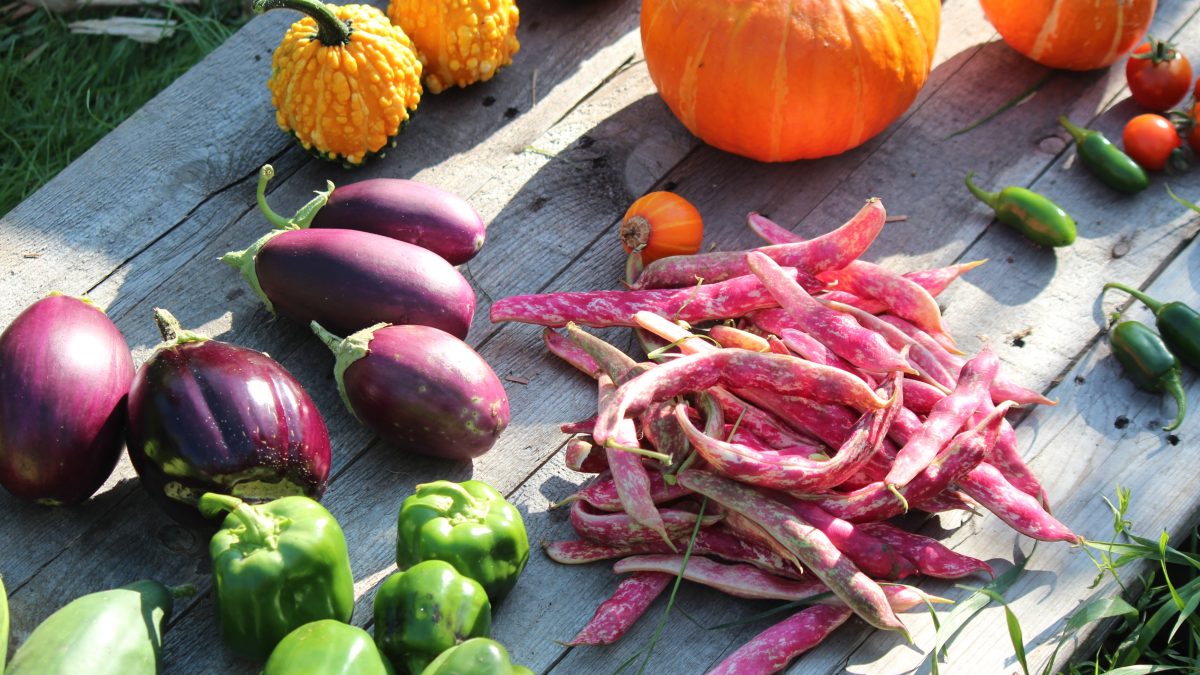BioValue Angle – Improving Food Biodiversity Using New Recipes and Food Products
Since the 1900s, more than 75% of the genetic diversity of food has been lost. One of the reasons for this is the cultivation of uniform crops on large arable areas and deforestation, which reduced genetic differences within varieties.
As a result of this homogenization, thousands of food plants are no longer used, despite their great nutritional value. Crop diversity is one of the foundations of a sustainable food system that also supports a healthy diet.
The consequences of reducing the biological diversity of food on several basic crops (wheat, corn, rice) pose a threat to a balanced diet, with the most vulnerable populations being children, women, and the elderly. The world diet, based on a few staple crops, fails to meet the nutritional needs of the majority of people, which causes the development of a number of chronic nutrition-related diseases and consequently contributes to poor quality of life, reduced social and emotional well-being of people, increased costs of public health systems, economic burden, socio-economic losses, increased morbidity and mortality rate.
The BioValue project aims to propose new recipes as well as nutritional guidelines and recommendations for the food industry in order to increase biodiversity, including key steps for the successful market launch of new food products.
Photo: Unsplash

Biodiversity on a plate
The richness of various foods on the plate provides a natural wealth of nutrients, macronutrients, micronutrients, antioxidants, etc. in the daily diet.
Consuming biodiverse foods is associated with a reduced risk of developing various diseases and is useful for maintaining good health as well as preventing diseases caused by inadequate nutrition.
What do we achieve with a variety of food on the plate? What are the main goals of introducing somewhat forgotten foods into the diet?
Promotion of the rich nutritional value of underutilized varieties, such as buckwheat, dandelion, thistle, blue eggplant, green leafy vegetables, red lentils, Armenian cucumber, and some types of tomato.
Returning to the tradition of preparing and enjoying the consumption of forgotten plants.
Designing new recipes based on old-forgotten ones.
Adaptation of recipes to the conditions of modern life.
Developing recipes and the entire chain of production according to the fork-to-farm system.
New recipes are developed in a way that is desirable for consumers. New foods were tried by consumers in order to evaluate the taste and appeal of new products and to correct recipes based on impressions and comments.
In the experimental kitchen, prototypes of new foods were prepared and then tested by consumers in five countries: Serbia, Greece, France, Turkey, and Hungary.
The main aim of the BioValue project is to develop a dynamic and modular agent-based simulation tool that will analyze the link among biodiversity, the agri-food value chain, the environment, consumer preferences, and health. The idea is to introduce and spread the use of underutilized, genetically diverse crops and their final marketable products to the consumer´s plates adopting a demand-driven approach (fork to farm).
Even though the BioValue project does not focus its efforts on urban agriculture, which is one of the euPOLIS methods, we convey here their philosophy and goals, as they can be helpful in understanding and applying that knowledge when starting and keeping an urban garden.
Let’s give it a try:
BUCKWHEAT AND PEAS STEW WITH EGGPLANT
Photo: www.capnutra.org

Ingredients:
200g of buckwheat seeds
1 medium-sized onion
1 small eggplant
1 medium green pepper
300g of peas
50g quark cheese 0.2 milk fat
0.7dl of olive oil
1 egg
Himalayan salt and pepper to taste
Instruction:
- Clean and rinse the buckwheat several times until the water is clear. Soak in water overnight.
- Clean and finely chop the onion, dice the eggplant, and pepper. Boil the peas in salted water for 5 minutes and rinse with cold water to keep the beautiful color.
- Cut the cheese into larger cubes.
- Pour the onion into the hot oil in the pan, stirring occasionally. Pour the eggplant and pepper into the pan, season, and simmer for another 5 minutes.
- Mix the buckwheat seeds with the beaten egg, add the peas, then combine everything with the fried vegetables.
- Cook while adding water until the buckwheat is soft. Finally, add olive oil to the bowl and mix with the rest of the composition.
- Serve the dish in a bowl decorated with cheese.
Remark:
Use cheese of your choice, for example, mozzarella, cheddar, or any other according to personal preference. If necessary, the dish can be baked in the oven before serving. If desired, fresh vegetables can be added as a side dish, for example, green pepper or cucumber.
Consider the cooking time of ingredients of different consistencies, e.g. cook buckwheat for a shorter time, peas require longer cooking.

